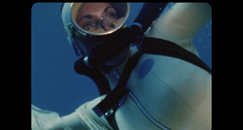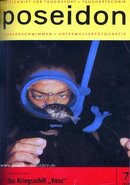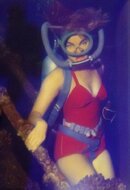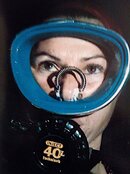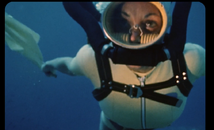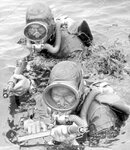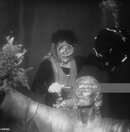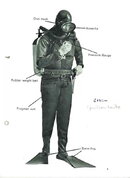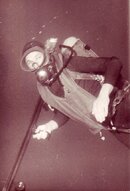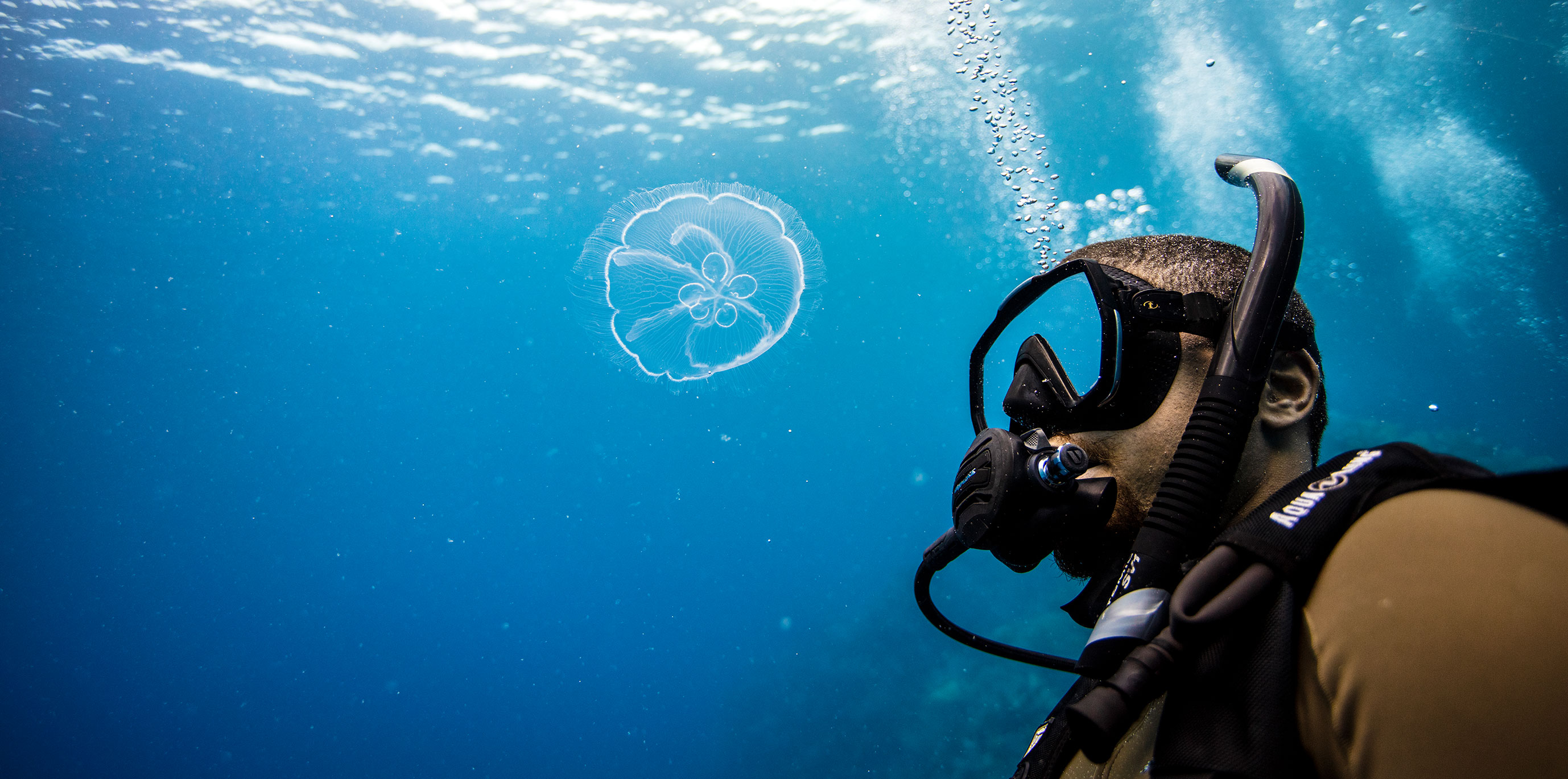Goonzodiver
Registered
Using a nose clip inside the mask is an old technique and as far as I know it was widely used in Europe and Australia from the 1940s to the 1960s.
Raimondo Bucher, the first freediving record holder (1949), employed noseclip inside the mask for all his life (he was also a great scuba diver, capable of reaching 100m). To the best of what I know, he was also the first to use this "trick" in the 1930s.
There are no major obstacles to equalize the mask as is often mistakenly believed and it is also possible without difficulty to empty the mask, as shown by Hans Hass in this excerpt from the film "Unternehmen Xarifa"
where to increase the flow of air from one nostril, even in the presence of a spring noseclip, Hass seems to pull the skin of the cheekbone outwards by pressing with the index finger, this moves the nose to the side, completely freeing one nostril: thus blowing air from the nose, in a few moments the mask is free from the water.
I tried this "maneuver" with an old spring clip and it works. With swimming pool nose clips there is no need for this maneuver, because they tighten a little and the air always comes out without any difficulty.
I have been using the nose clip under the mask since 2019 and I will never intend to do without it again; from my point of view, if one knows how to use it, there are only advantages including hands-free equalization.
Over the years this technique has been forgotten, but there are still old photos or even movies (besides those of Hass) where divers with noseclip are present, like this little jewel by Aldo Victor De Sanctis: "Adventures in Lipari" (1962), where the scuba diver who performs in the finale an aquatic dance evidently wears a nose clip inside the mask for hands-free equalization, as her hands are busy waving two flags.

 tecatv.com
tecatv.com
Raimondo Bucher, the first freediving record holder (1949), employed noseclip inside the mask for all his life (he was also a great scuba diver, capable of reaching 100m). To the best of what I know, he was also the first to use this "trick" in the 1930s.
There are no major obstacles to equalize the mask as is often mistakenly believed and it is also possible without difficulty to empty the mask, as shown by Hans Hass in this excerpt from the film "Unternehmen Xarifa"
where to increase the flow of air from one nostril, even in the presence of a spring noseclip, Hass seems to pull the skin of the cheekbone outwards by pressing with the index finger, this moves the nose to the side, completely freeing one nostril: thus blowing air from the nose, in a few moments the mask is free from the water.
I tried this "maneuver" with an old spring clip and it works. With swimming pool nose clips there is no need for this maneuver, because they tighten a little and the air always comes out without any difficulty.
I have been using the nose clip under the mask since 2019 and I will never intend to do without it again; from my point of view, if one knows how to use it, there are only advantages including hands-free equalization.
Over the years this technique has been forgotten, but there are still old photos or even movies (besides those of Hass) where divers with noseclip are present, like this little jewel by Aldo Victor De Sanctis: "Adventures in Lipari" (1962), where the scuba diver who performs in the finale an aquatic dance evidently wears a nose clip inside the mask for hands-free equalization, as her hands are busy waving two flags.

Avventure a Lipari
In questo film la cinepresa di de Sanctis si muove attraverso atmosfere oniriche nelle quali si snodano le avventure del protagonista. A fare da sfondo Lipari, la bellissima isola siciliana.



